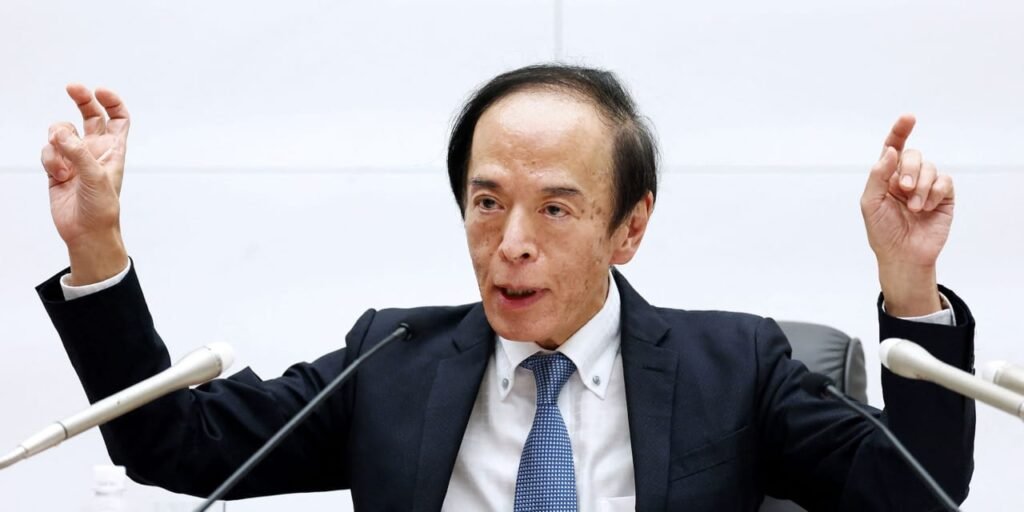Bond yields rose on Thursday amid concerns the Bank of Japan will soon tighten monetary policy and traders eyed more U.S. jobs data.
What’s happening
-
The yield on the 2-year Treasury
BX:TMUBMUSD02Y
added 1 basis point to 4.610%. Yields move in the opposite direction to prices. -
The yield on the 10-year Treasury
BX:TMUBMUSD10Y
rose 3.9 basis points to 4.148%. -
The yield on the 30-year Treasury
BX:TMUBMUSD30Y
climbed 3.6 basis points to 4.250%.
What’s driving markets
Global bond yields moved higher early Thursday as traders increased bets that the Bank of Japan will soon stop its negative interest rate policy as it eyes headline inflation that has been above its 2% target for more that 19 months.
The BOJ’s ultra-loose monetary policy, which has interest rates at minus 0.1% and includes the control of bond yields by purchasing government debt, is considered an important provider of global liquidity, helping to support other assets such as U.S. Treasurys.
Market bets at one point on Thursday showed a 45% chance — up from less than 4% at the start of the week — that the BOJ will increase rates this month after Deputy Governor Ryozo Himino presented on Wednesday a scenario for what may happen when policy is tightened.
Governor Kazuo Ueda added to the speculation that a policy shift was imminent when he told parliament on Thursday that handling monetary policy would get tougher from the year-end and through next year.
“Traders are clearly sensing a stronger likelihood of BOJ policy normalization early next year,” said James Harte, analysts at Tickmill Group.
A 30-year Japanese government bond auction on Thursday saw weak demand as investors wished for a higher yield. The 30-year Japanese bond yield
BX:TMBMKJP-30Y
was up 10 basis points to 1.695% and the 10-year
BX:TMBMKJP-10Y
jumped 11 basis points to 0.756%, prompting the BOJ to step in with some unscheduled purchases.
The reverberations were felt in Europe and the U.S., with 10-year Treasury yields adding about 4 basis points and German bunds
BX:TMBMKDE-10Y
of equivalent maturity initially rising 3 basis points before later turning lower.
“When it comes to the last 24 hours, markets have seen a sharp reversal in tone, with bond yields seeing a significant increase overnight and equities losing ground,” said Henry Allen strategist at Deutsche Bank.
“The main catalyst for this have been comments from Bank of Japan officials, which have suddenly seen investors ramp up the chances that the BOJ could bring an end to their negative interest rate policy,” Allen added.
The Japanese yen
USDJPY,
-1.67%
jumped 1.8% to 144.70 versus the dollar, its strongest level in nearly for months.
Meanwhile investors were also eyeing more U.S. jobs data, amid hopes that further confirmation of a cooling labor market will increase the likelihood the Federal Reserve will cut rates next year.
The weekly initial jobless claims report will be published at 8:30 Eastern on Thursday, followed on Friday by the nonfarm payrolls numbers.
Other U.S. economic updates set for release on Thursday include the October wholesale inventories at 10 a.m., and consumer credit for October at 3 p.m.
Ahead of that markets are pricing in a 98 probability that the Fed will leave interest rates unchanged at a range of 5.25% to 5.50% after its next meeting on December 13th, and an 84% chance it will do the same at the January meeting. according to the CME FedWatch tool.
The chances of at least a 25 basis point rate cut at the subsequent meeting in March is 61%, up from 22% a month ago.
Read the full article here
